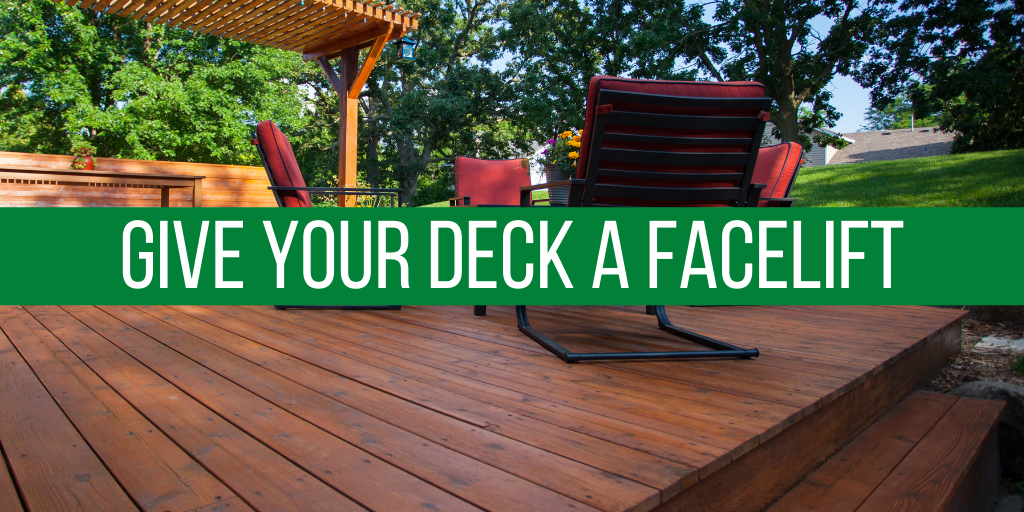
How To Make A Home Safer For Older People







Moving into a new home can be an exciting process. This is especially true if your new house is an upgrade over the previous one, which is something that can also considerably increase your net worth.
If you have children, however, you might find moving to be a bit more complicated than you otherwise would. Listed below are useful tips for moving with kids that you should keep in mind along your journey.
Continue reading “6 Tips For Moving With Kids”


It’s important to consider these things before you commit to installing a pool.
Continue reading “5 Things To Consider Before Installing A Pool”